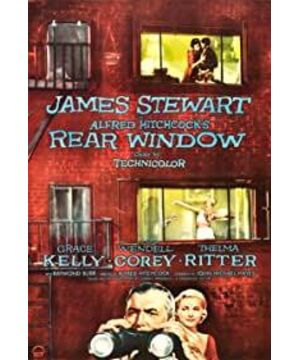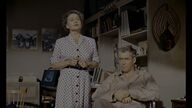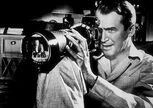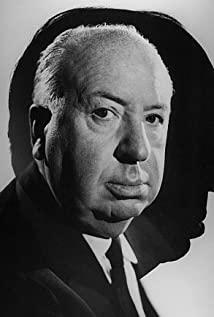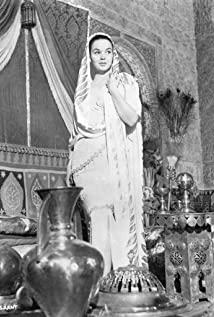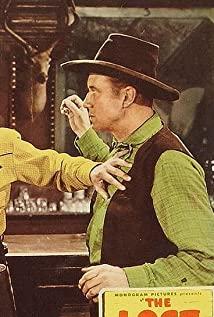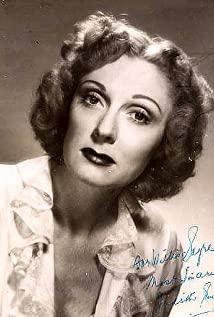There are two breaks in the film. The protagonist's leg in a cast seems to herald the paralysis of the viewer's movement. At the beginning of the film, with the opening of the shutters, this picture of the film's attributes was slowly revealed. The protagonist turned his back to this picture, but soon he was inhaled by the "vertigo" temptation of this kind of film. He has always kept a certain distance from this picture, just like the distance between the movie viewer and the screen, the movie is staged in the apartment symbolizing the curtain. In this process, the viewer can only see the "real" part of the movie. He wants to participate in this "reality", but limited to the "plaster" cast on his leg by the director, he can only observe, peek, and perform subjective analysis from a certain distance. This is the first break. Obviously, the director has been controlling the expectations of the viewers. While watching the protagonist's peeping behavior, we also accidentally fell into this kind of "vertigo". This kind of "vertigo" is undoubtedly dangerous, this kind of danger. It is that we are easy to fall into our own logical circle, to be controlled to go in the wrong direction, or to put ourselves into a dangerous moral situation as suggested by the two female characters in the film. Here is the second break: the break between the "reality" of the viewer and the reality of reality. Hitchcock hinted to us: keep your distance so as not to be sucked into the "vertigo" of the movie. How did Hitchcock build bridges between such fractures (ie, Badiou's "synthesis")? First, he revealed to us the falsehood and danger of this vertigo. Before this, it is necessary to analyze the role of the two female characters. They are on Jeffries’s side, but they do not have the same movement restrictions as movie viewers. They can freely enter the "reality" of the film and have a certain impact on it, although Even they themselves were sucked into this dizziness, but in the end they also assumed the role of the key to the truth. They are the link between Jeffries as the viewer and the image, that is, the bridge between the fractures. Due to the existence of this kind of bridge, the reality of the viewer and the reality of the image cross, which is an ambiguous relationship that blends with each other. The director’s position is worthy of scrutiny: First, Jeffreys, who was determined to go his own way, finally discovered the "truth", but this truth is always incomplete and puts himself in a dangerous situation. Here The question is, can we really discover the truth? In other words, what is the "truth" we are talking about relative to? Second, Jeffreys, as a peeper, is actually being peeped by us. The moral problems and breaks mentioned above will naturally happen to us, and how should we think about this kind of moral problem and deal with it? What about the break?
View more about Rear Window reviews


